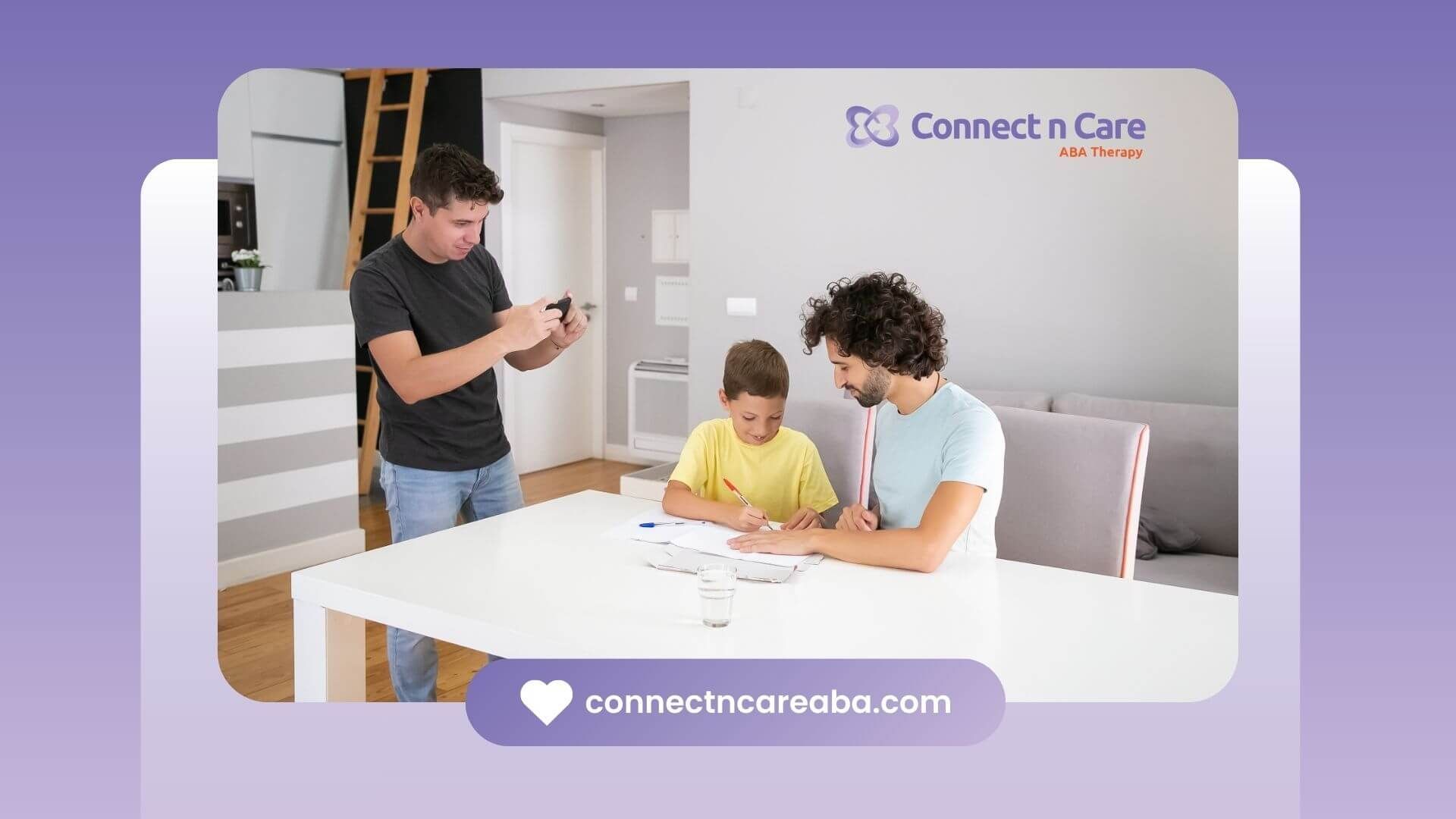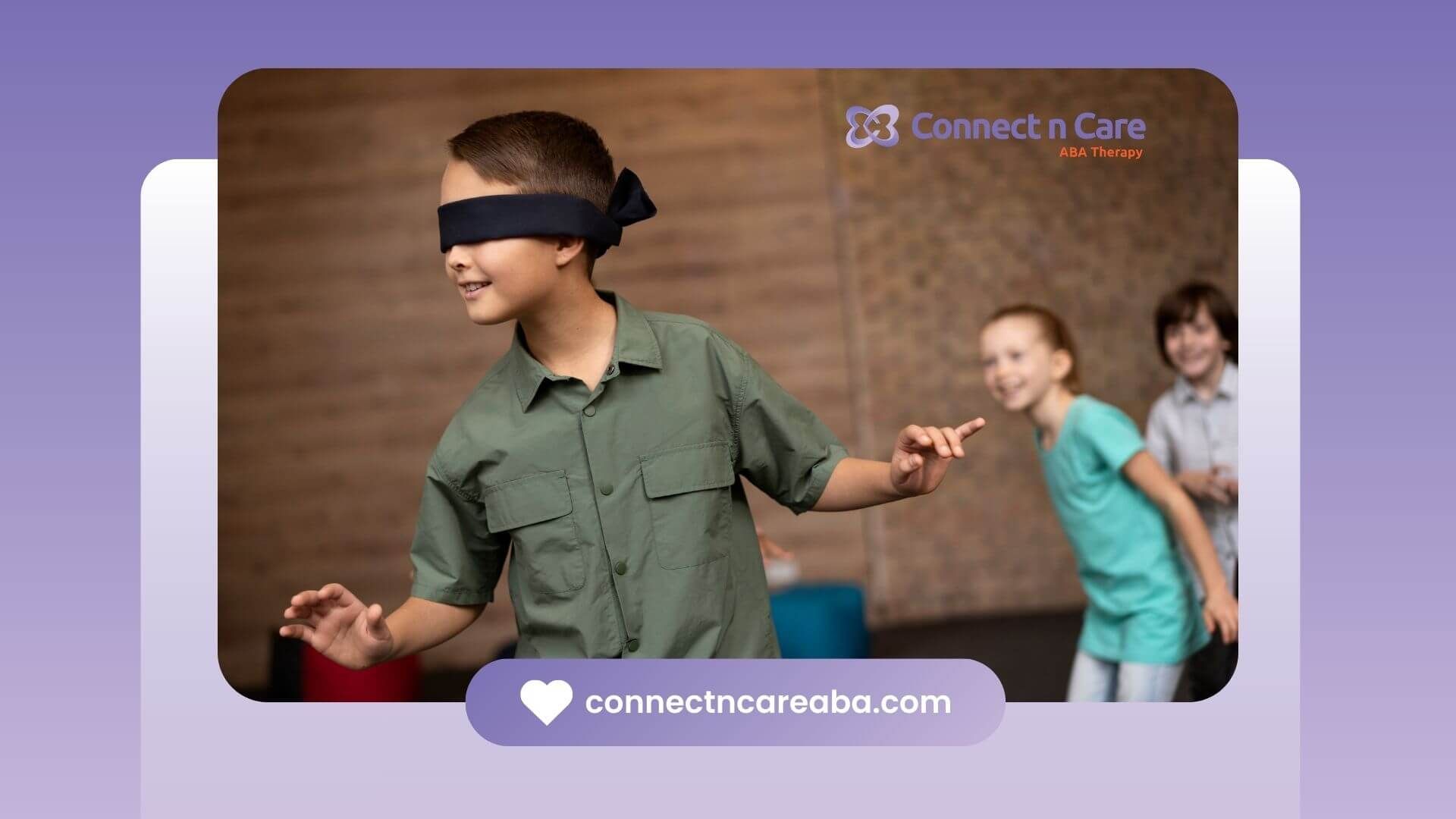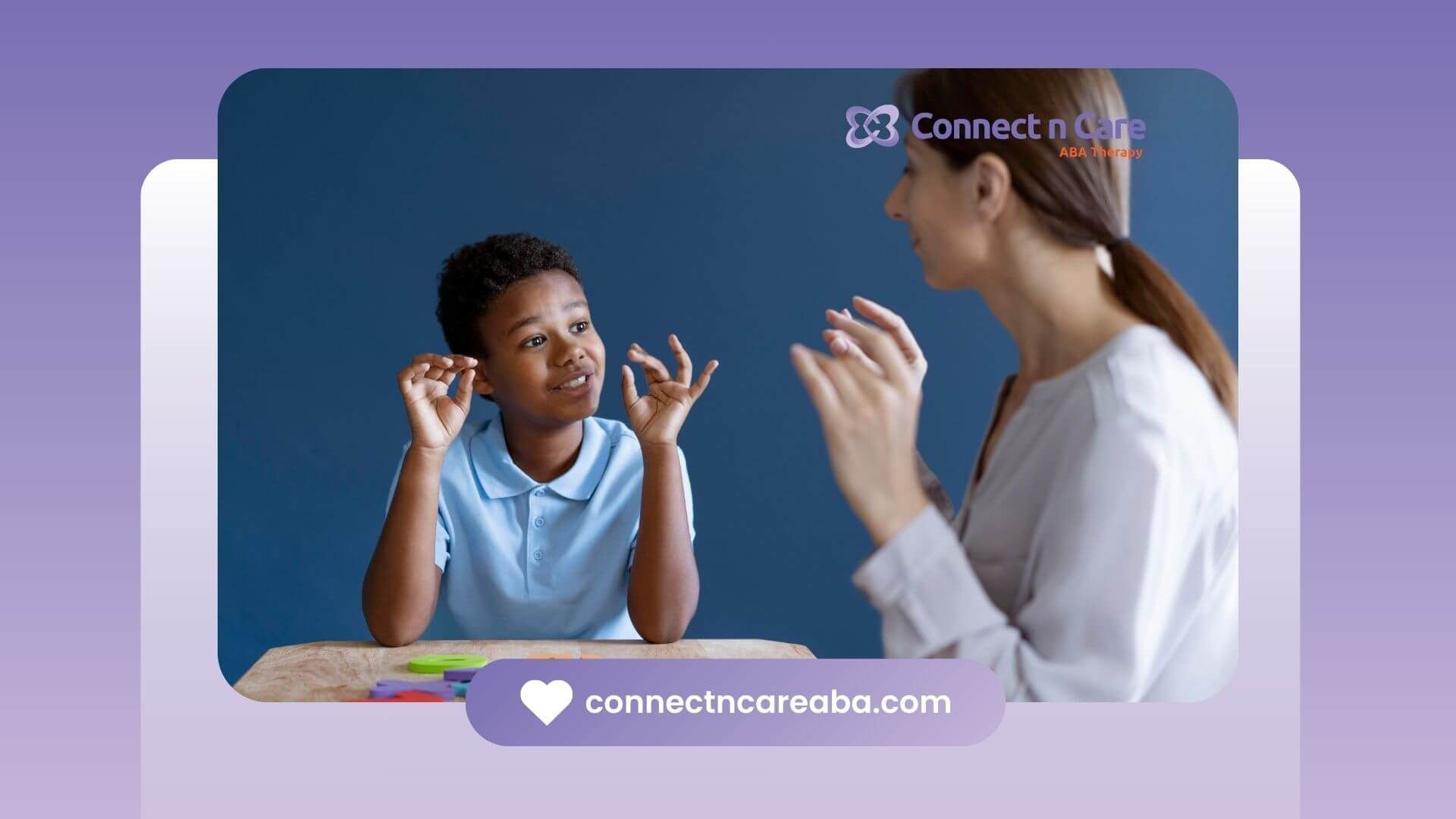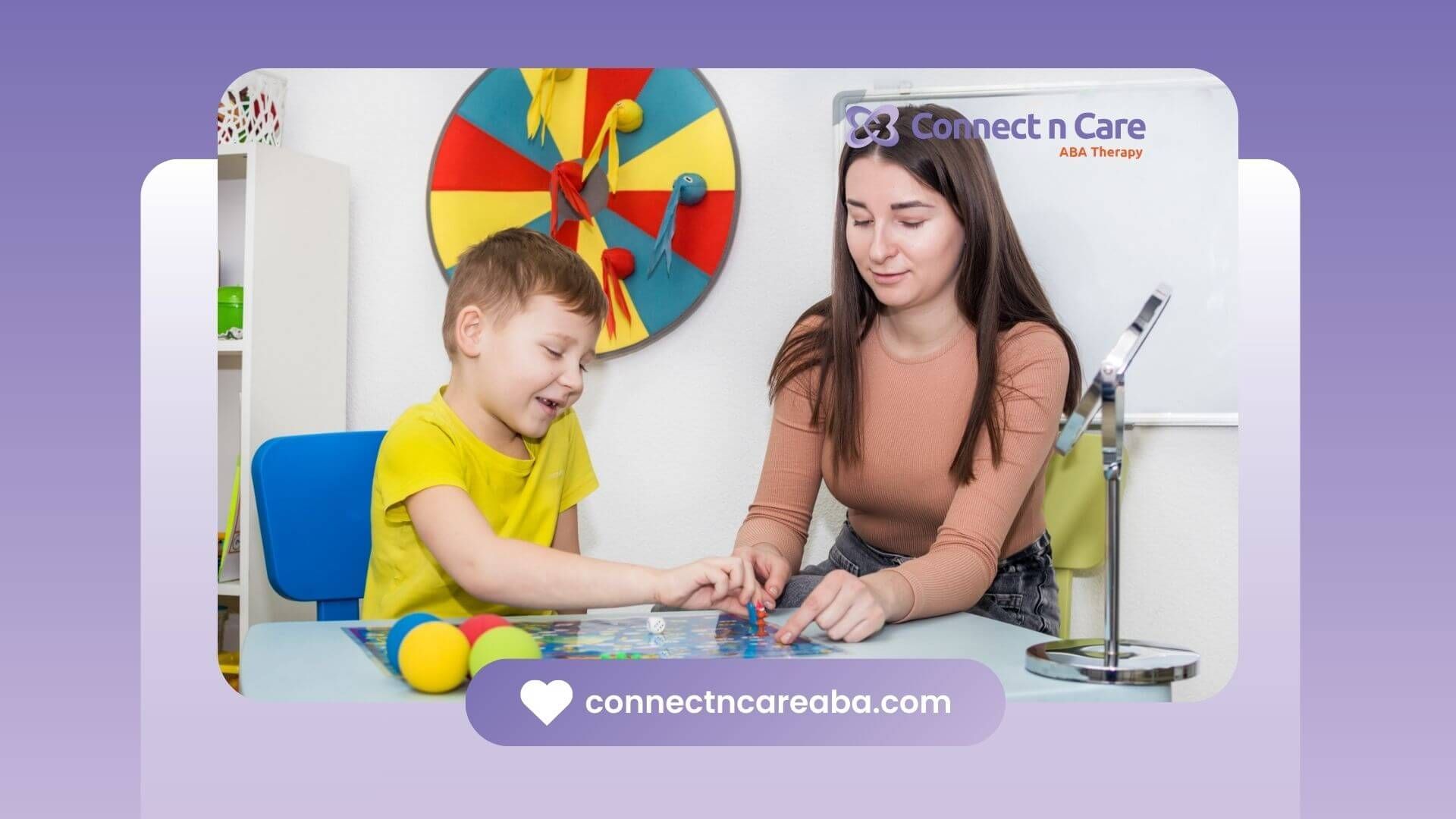Technology can open new doors for autistic children—especially when combined with ABA therapy in North Carolina. Here’s how an iPad, used wisely, can support growth in communication, learning, and independence.
Benefits of iPad Usage in Autism Education
iPads provide special benefits for teaching children with autism. They help autistic learners with apps designed just for them. This support aids in building important skills like communication and social interaction. For kids on the autism spectrum, using visual learning tools is easy. This makes it easier for them to understand difficult ideas.
iPads also serve as assistive technology that fills gaps in education. Through repetition and hands-on activities, students can understand tasks they may have trouble with in regular settings. Moving from one task to another is easier, allowing for steady improvement.
Enhancing Communication Skills Through Apps
For autistic children, talking can be hard. But apps made for AAC devices have changed how they share their thoughts. These apps replace traditional picture cards. They let kids combine symbols and phrases to make sentences. Language therapists often suggest apps that help build communication skills.
An iPad is better than big assistive devices because it is easy to carry. The sound and speech tools help kids learn to say words and phrases. Parents can show kids new words and encourage them to use these words every day. This helps strengthen their learning.
These apps help kids interact better over time. For example, children can use icons or touch screens to say what they need. This changes their nonverbal signs into spoken words. Imagine a world where apps help all kids speak, no matter their diagnosis.
Visual Learning and Interaction Improvement
Visual learning is very important for children with autism spectrum disorder (ASD). iPads are great tools for this type of learning. There are apps and tools that provide fun multimedia content, helping children learn in a way that grabs their attention. These can include letter-tracing games and videos that show daily routines. They aim to make learning easier.
Social interaction can be tough for children with autism, but interactive apps can help. Role-playing games or guided videos give kids a chance to experience real-life situations. These activities encourage responses that feel like natural interactions. This kind of practice helps them with social skills over time.
Also, interactive education encourages teamwork. Activities that require taking turns or working together help build important social skills. Visual aids and quick feedback make learning smoother, leading to progress through repeated practice. Each interaction helps improve their skills, making iPads a valuable resource in developing these abilities.
Concerns and Limitations of iPads for Autistic Learners
iPads have clear benefits, but they also have some limits. Too much screen time can cause problems like sensory overload, dependence, and less connection to the real world. Parents should watch how long their kids use digital devices.
Also, learning can get worse because of overstimulation from fast-paced content. It's important to balance screen time with physical activities for the best results. However, when used wisely, iPads can benefits autistic children.
Overstimulation and Screen Dependency Issues
The visual and auditory stimulation of iPads can sometimes overwhelm autistic learners. Sensory overload occurs when content is overly dynamic or fast-paced, leaving children feeling agitated or distracted. Managing sensory input is key to ensuring that learning tools do not have adverse effects.
Screen dependency introduces a whole new set of challenges. Autistic children may prefer engaging with predictable digital environments over real-world interactions. This imbalance can lead to less time spent developing physical, social, and emotional skills, resulting in missed growth opportunities.
Here’s a helpful text table outlining critical factors:
| Issues | Effects on Autistic Children |
|---|---|
| Sensory Overload | Agitation, decreased focus, struggle to process information effectively |
| Screen Dependency | Reduced engagement with peers, physical inactivity, impaired social and emotional growth |
Recognising these concerns helps parents proactively manage risks, creating a well-rounded learning strategy.
Balancing Screen Time with Physical Activities
Finding a balance between screen time and physical activities is very important, especially for children with autism. iPads can help kids learn. However, if they spend too much time on these digital devices, they miss out on exploring the world and being active. Using a timer can help manage screen use. This way, it doesn’t take away from playtime and social interaction.
Bringing the real world into daily life is also key. Parents can play interactive games, have outdoor fun, or do hands-on activities like puzzles with their kids. Adding these activities alongside learning apps helps kids better understand various environments.
Lastly, treat screen time as a reward. For instance, completing chores or working on creative projects can give kids special time with their iPads. This balance supports healthy growth and improves behavior. By adding physical activities to daily plans, parents can give a well-rounded way to learn.
Conclusion
In conclusion, when considering an iPad for your autistic child’s learning, think carefully. iPads can be very useful. They can help with communication and visual learning. However, be aware of possible issues like too much screen time and dependence on the device.
It’s important to balance tech use with physical activities. This way, your child can have a well-rounded learning experience. With proper guidance and strategies, an iPad can be a great tool for your child's education.
At Connect n Care ABA, we believe that with the right guidance, technology like the iPad can be a powerful part of your child’s development. Whether you're in North Carolina or Virginia, our experienced ABA therapists are here to help your family build a customized plan that blends screen-based tools with real-world progress.
Contact us today for a free consultation and see how ABA therapy can unlock your child’s potential.
Frequently Asked Questions
How can iPads be used to support learning in autistic children?
iPads help autistic children learn by providing special apps designed for autism. These apps use assistive technology to improve communication, social interaction, and education that is friendly to their senses. Using these apps in a structured way helps children develop skills while supporting their unique learning needs related to autism spectrum disorder (ASD).
What are the best apps for autistic children to aid their learning?
Top choices are AAC apps for communication, easy tracing tools for fine motor skills, and YouTube videos for language development. Tablets with these apps offer fun chances for autistic kids. They help improve interaction and provide structured learning at home or school.
Sources:
- https://www.autismparentingmagazine.com/tablets-autistic-children-helpful/
- https://pmc.ncbi.nlm.nih.gov/articles/PMC5004059/
- https://www.fau.edu/newsdesk/articles/autism-ipad-study.php
- https://www.mayinstitute.org/news/acl/asd-and-dd-child-focused/are-touch-screen-tablets-helpful-for-children-with-autism/
- https://pmc.ncbi.nlm.nih.gov/articles/PMC4325663/









